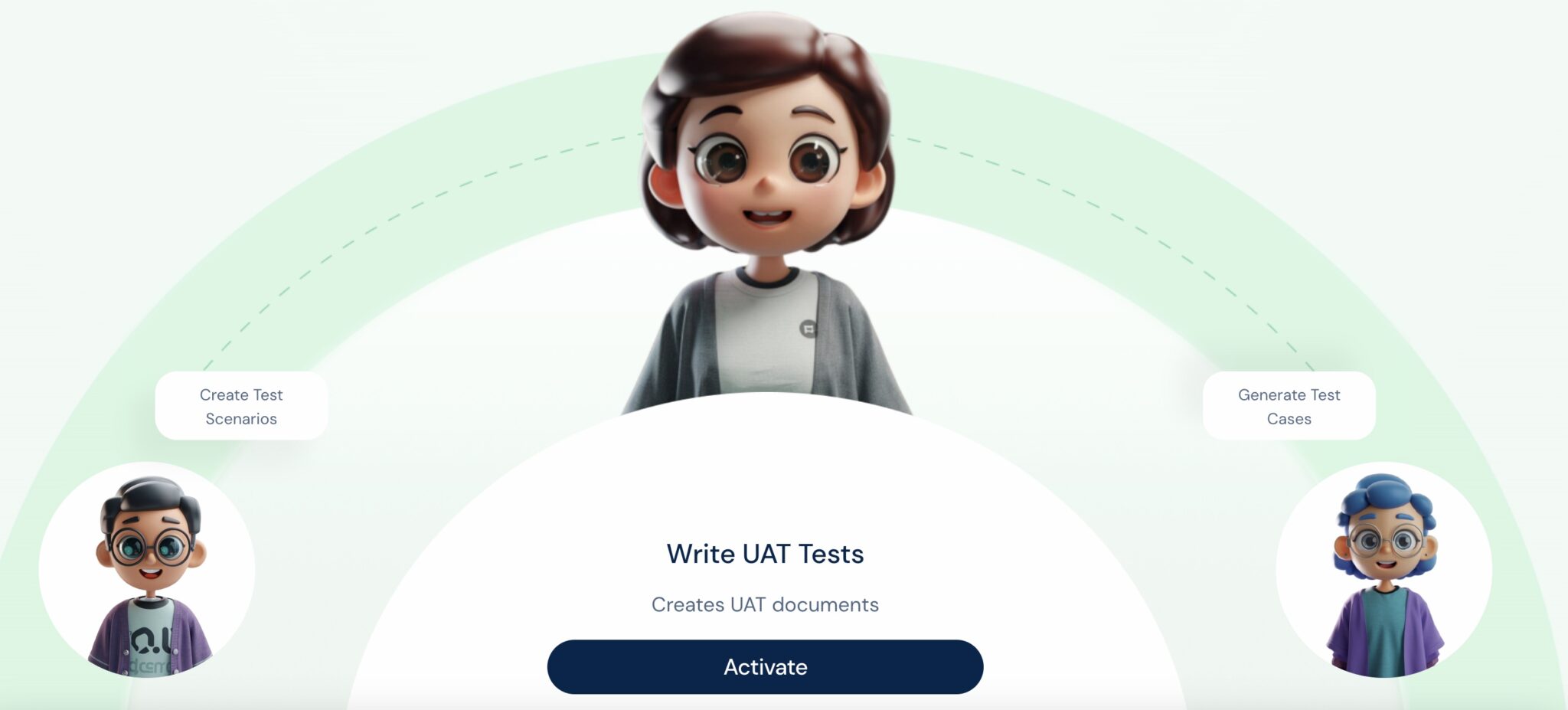Introduction
- Exploratory Testing is a dynamic testing approach where testers simultaneously design and execute tests.
- Unlike scripted testing, it relies on the tester’s skills, experience, and intuition.
- Discover the essence of Exploratory Testing and understand how it differs from traditional testing methods.
- We’ll delve into the philosophy behind this approach, emphasizing creativity, intuition, and adaptability as testers navigate through software applications.
Benefits and Challenges:
Benefits:
- Early Defect Detection: Find defects before they escalate, leading to more robust software.
- Comprehensive Test Coverage: Uncover scenarios not covered in scripted tests.
Challenges:
- Documentation: Limited documentation can pose a challenge for traceability.
Integration with Agile and DevOps:
Exploratory Testing aligns seamlessly with Agile and DevOps methodologies:
- Collaboration: Testers collaborate closely with developers, promoting faster feedback loops.
- Continuous Integration: Ensures testing keeps pace with continuous integration and delivery.
Best Practices and Techniques:
Best Practices:
- Session-Based Testing: Structured time-boxed testing sessions focusing on specific aspects.
- Mind Mapping: Visual representation of testing ideas and test coverage.
Real-world Scenarios:
Share real-world examples:
- Example 1: Uncovering a critical usability issue in a web application.
- Example 2: Identifying a data validation bug missed in scripted testing.
Tools for Exploratory Testing:
Various tools enhance the exploratory testing process:
- Session-Based Testing: Structured time-boxed testing sessions focusing on specific aspects.
- Mind Mapping: Visual representation of testing ideas and test coverage.
Measuring Success:
Key Metrics to Measure Success:
- Defect Detection Rate: Percentage of defects found through exploratory testing.
- Time-to-Market: Accelerated release cycles due to early bug identification.
The Future of Exploratory Testing:
Considerations for the Future:
- AI and Machine Learning: Potential integration to enhance testing efficiency.
- Increased Automation: How automation complements exploratory testing.
Conclusion:
- In conclusion, Exploratory Testing offers a flexible and adaptive approach to testing, empowering testers to navigate the uncharted territory of software applications with confidence.
- Embrace it as a valuable strategy in your QA toolkit to ensure software quality in an ever-evolving landscape.
aiTest: A Closer Look
aiTest an all-in-one testing platform. This platform is designed to conduct comprehensive testing on your applications concurrently. It supports cross-browser and browser version testing, as well as functional and performance tests integrated with Analytics. Additionally, the platform incorporates automation features, including an LLM for effortless generation and testing of machine learning models and generating test data for the same.One-stop solution for continuous testing, integrating seamlessly with CI/CD pipelines. With support for multiple languages and specialized testing for AI/ML services, aiTest empowers organizations to speed up their release cycles while ensuring quality and reliability.


